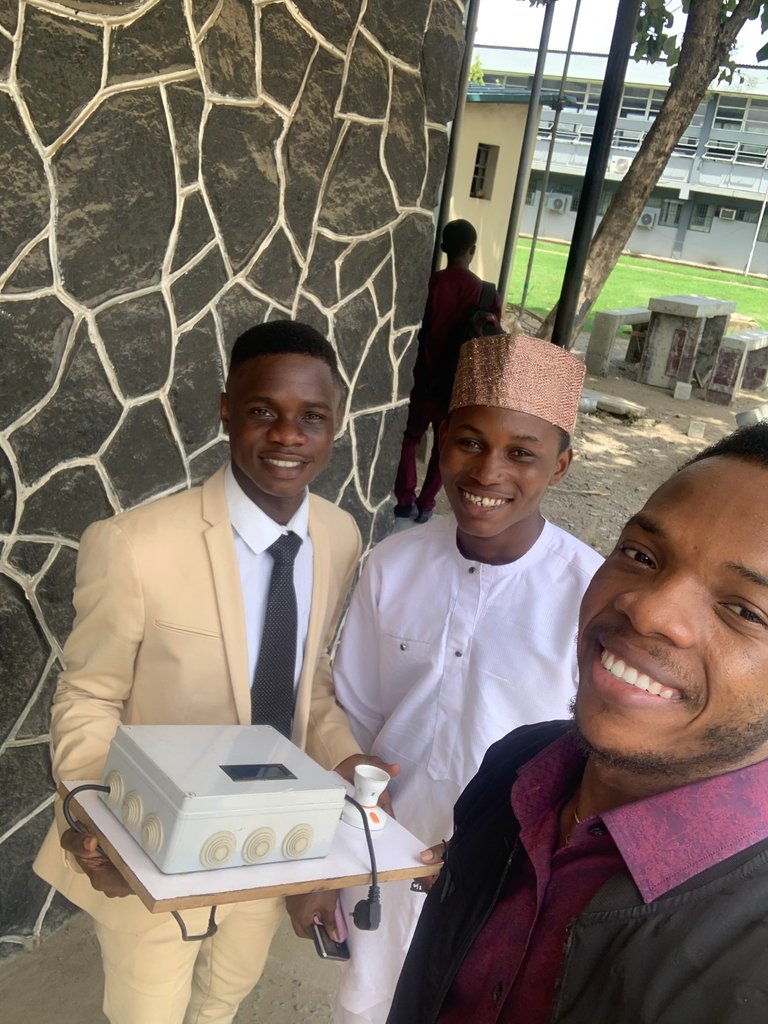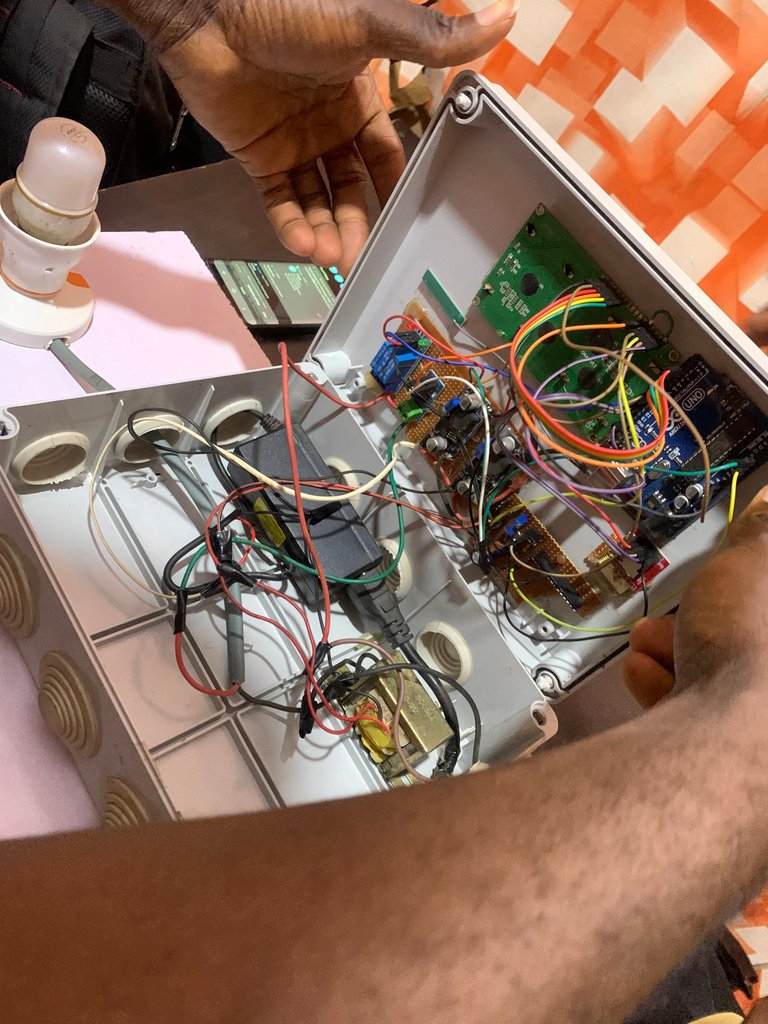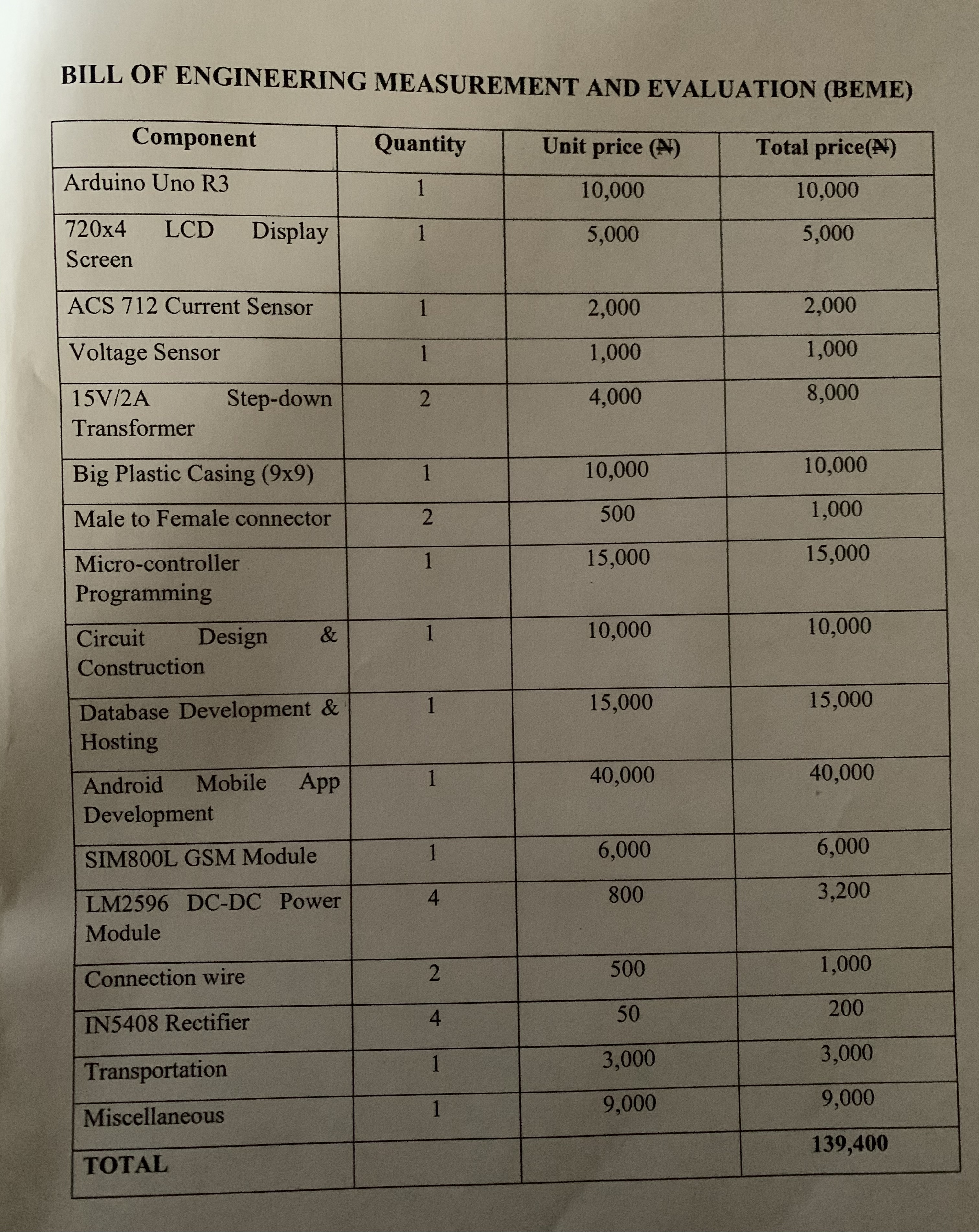Good day, everyone. As a result of a building renovation I have been overseeing, it has been a while since I have been active here. I hope you are all doing great. I am particularly happy that I am now producing content and that the renovation is nearly finished—let’s say 90% percent finished. Gratitude to @B0s and @burlarj You guys have all been the inspiration for me. Before I may graduate as an engineer, I must start a project that may involve conducting research or completing a practical task. Fortunately, I was assigned a practical topic called "Design and construction of an IOT(internet of things) based smart energy meter with remote sensing" that was overseen by a fantastic lecturer. I initially thought it would be quite challenging, but with the help of my project partners and supervisor, I eventually realized it was a fascinating one. Although the project is fairly large, the following key elements will be highlighted:


AIM AND OBJECTIVES OF THE PROJECT
The sole aim of the project is to design and construct electronic power billing meter, while the objectives are as follows;
-To improve accuracy in meter reading
-To eliminate mechanical error, that result from the wear and tear of rotating parts in meters
-To reduce electrical loss, by designing a system that is highly sensitive in measuring electrical energy
-To design and construct a system that will display the electrical energy consumed in user friendly format.

STATEMENT OF PROBLEM
The energy metering technology used presently in Nigeria is not highly reliable and efficient. The need to digitize the existing analogue meter and the increasing demand for smart energy compatible meter necessitated this project. Moreover accuracy of an electromechanical meter deteriorates subject to the passage of time , and environmental factors, and this has been a problem to the utility sector in Nigeria for several decades.While solutions have been proposed, and huge financial resources sank into projects to solve these problems, most of such efforts have failed . Therefore, the possible way out of these problems is a better power metering system, and this project proposes a way to achieve such using electronic power billing meter.

PROJECT MOTIVATIONS
The numerous effects posed by electromechanical power billing system on the utility department of the power company and the end users of electricity in Nigeria, place a call on the government at all levels, companies, organizations and individuals to contribute efforts as to remedy the situation. The major Motivation behind this project is to contribute to the reliability of metering system in Nigeria.

PROBLEMS ENCOUNTERED
The realization of the project was not easy, the following problems were encountered before or during the construction of the project;
- Unavailability of some components
- Some components got burnt and design construction was delayed
- Unsteady power supply delayed design, testing and implementation of the project

BLOCK DIAGRAM


DESIGN PROCEDURES
Step one: sourcing of components and the necessary tools that will be needed to ensure time management during the design .
Step two: testing of the various components using a meter to ensure proper functionality and maintain specification.
Step three: mounting of components on the project board, checking of correction to avoid short circuiting.
Step four: pre-testing of the assembled components on a project board, reading at various stages to ensure functionality and some adjustments were made.
Step five: transfer of the components to a vero board and then soldering of joints as required. Proper care was taken at this stage
Step six: testing of the soldered project and finally casing in a speaker box and retesting to make sure no part is affected.


HOW TO USE
It is very simple to use. It can be put to use merely by connecting the power cables to the energy source, the load to the output socket and simply turning ON the System by pushing the system button located at the front end of the panel. When these few tasks have been successful done, the system would automatically calculate for the electrical power consumed by the load connected to it for a particular period of time.

COST ESTIMATION
This project cost about $334 equivalent to about 139,000 naira, the breakdown is shown below;


CONCLUSION
This project aims at designing an energy meter that automatically calculate for the energy consumed by electricity consumers using solid state and cost effective electronic materials and sought to provide efficient way to solving the problem of inaccurate energy consumption readings offered by conventional electromechanical energy meters due to aging, as the rotating parts will wear and tear.
Thanks for reading, you support will be highly appreciated.
DISCORD: samzy#5007




